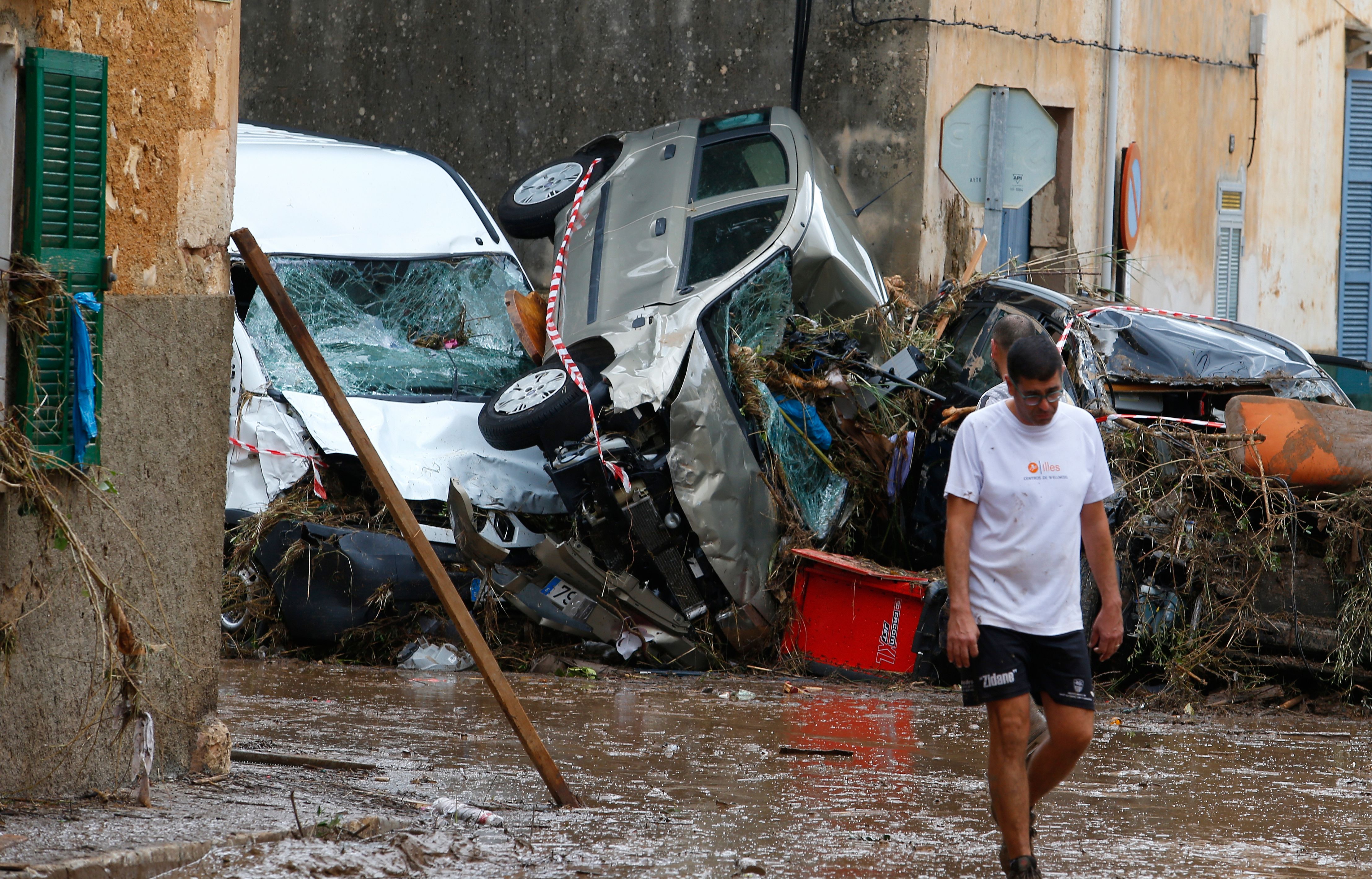Melbourne's Extreme Weather Unleashes Flash Floods, Hailstorms, And Tennis Tribulations
Melbourne, the vibrant and populous capital of Victoria, Australia, has recently faced a barrage of extreme weather events that have left the city reeling. These events have ranged from torrential downpours leading to flash floods, to damaging hailstorms, and even disruptions to the iconic Australian Open tennis tournament, highlighting the intricate interplay between urban development, climate change, and the challenges of mitigating their impacts on modern cities. This article will delve into the complexities of Melbourne's recent extreme weather, examining the challenges and opportunities it presents for urban planning and resilience-building in the face of a changing climate.
Unleashing the Fury: Flash Floods and Hailstorms
On 9th January 2023, Melbourne witnessed an extraordinary rainfall event that dumped a staggering amount of rain over the city, leading to widespread flash flooding. The deluge, which recorded nearly 60 mm of rain in just an hour, quickly overwhelmed stormwater drains and sent torrents of water gushing through streets, submerging cars and leaving homes inundated. The impact was particularly severe in the inner-city suburbs of Kensington and Flemington, with residents being forced to evacuate their waterlogged homes.
While flash floods are not uncommon in Melbourne during heavy rainfall events, the intensity and extent of the recent flooding caught many by surprise. Experts attribute this to a combination of factors, including the city's aging drainage infrastructure, which is struggling to cope with the increased frequency and severity of extreme rainfall events. Climate change is also playing a role, as warmer temperatures lead to higher evaporation rates, resulting in more moisture in the atmosphere and more intense rainfall when it does occur.
Alongside the flash floods, Melbourne has also been battered by a series of severe hailstorms. On 11th January, a particularly damaging hailstorm swept through the city's eastern suburbs, leaving a trail of broken windows, dented cars, and damaged roofs. The hailstones, some as large as golf balls, caused extensive damage to homes, businesses, and infrastructure, highlighting the unpredictable and destructive nature of these weather events.
Tennis Tribulations: Melbourne's Grand Slam Weather Woes
The extreme weather in Melbourne has also disrupted the Australian Open, one of the world's most prestigious tennis tournaments. The tournament, which typically attracts over 700,000 spectators, has been forced to contend with rain delays, heatwaves, and even smoke from bushfires in recent years. This year, the tournament was hit by a particularly severe thunderstorm on 17th January, which caused chaos and forced the suspension of play for several hours. The storm brought torrential rain, hail, and lightning, leaving the courts unplayable and spectators scrambling for cover.
The weather woes at the Australian Open have raised questions about the tournament's long-term viability in Melbourne as the climate continues to change. While the tournament organizers have implemented measures to mitigate the impact of weather disruptions, such as retractable roofs and real-time weather monitoring, the increasing frequency and severity of extreme weather events pose a significant challenge. The tournament's organizers are now exploring options for moving the tournament to a location with a more favorable climate, such as Sydney or Perth.
Mitigating the Impacts: Challenges and Opportunities
The recent extreme weather events in Melbourne have laid bare the challenges and opportunities facing cities in the face of climate change. Adapting to and mitigating the impacts of more frequent and severe weather events will require a multifaceted approach that involves urban planning, infrastructure investment, and community engagement.
One key challenge is improving the resilience of Melbourne's drainage infrastructure. The city's aging stormwater drains are struggling to cope with the increased rainfall intensity, leading to flash flooding. Investing in upgrades to the drainage system will be crucial to reducing the risk of future flooding events. Additionally, implementing green infrastructure solutions, such as rain gardens and permeable pavements, can help to slow down and absorb stormwater, reducing the burden on traditional drainage systems.
Another important aspect of mitigating the impacts of extreme weather is improving building codes and construction practices. The damage caused by recent hailstorms highlights the need for more stringent building standards that can withstand the impact of larger hail and stronger winds. Retrofitting existing buildings and ensuring new developments meet these standards will be essential to reducing the risk of damage during future events.
Conclusion: Embracing Resilience in a Changing Climate
Melbourne's recent experience with extreme weather underscores the urgent need for cities to adapt and build resilience in the face of a changing climate. The challenges posed by more frequent and severe weather events are complex, but they also present opportunities for innovation and transformation. By investing in resilient infrastructure, implementing sustainable urban planning practices, and engaging with communities, we can create cities that are better equipped to withstand the impacts of climate change and ensure a liveable and thriving future for our communities.
Read also:
Cavs-Thunder Finals: LeBron, Steph, And KD's Playoff Fate In The Balance
Cowboys Coaching Carousel: Jones And Sanders Discuss The Next Head Coach
'Red One' Film Natal Terbaru Dwayne Johnson Dan Chris Evans!

